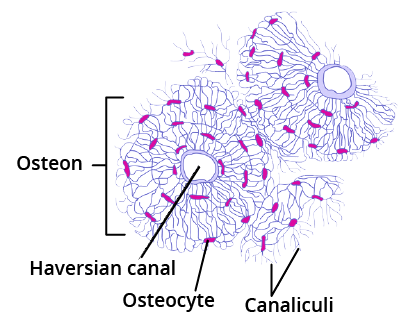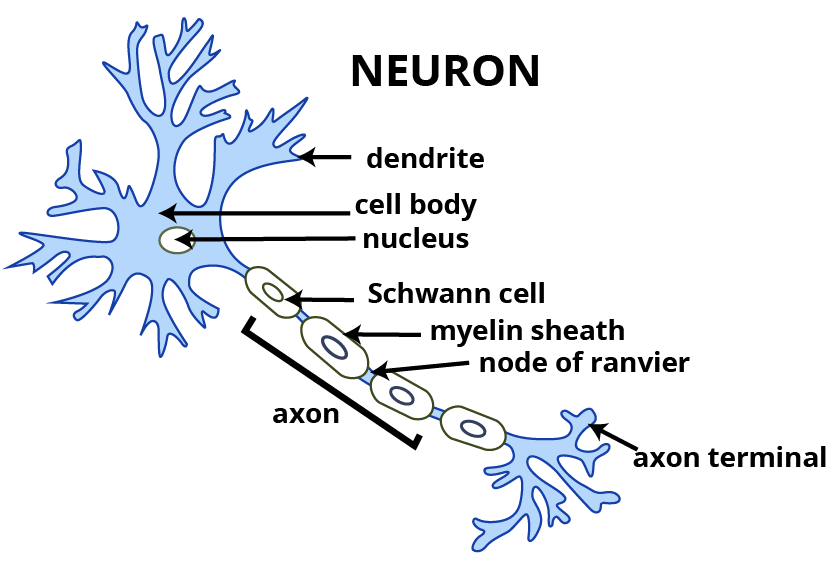Download CBSE Class 11 Biology Chapter 7 Important Questions - Free PDF Download
FAQs on Important Questions for CBSE Class 11 Biology Chapter 7 Structural Organisation in Animals 2024-25
1. How many questions are asked from the Chapter 7 Structural organisation in Animals of Class 11 Biology in the NEET exam?
Chapter 7 Structural organisation in Animals of Class 11 Biology is an important chapter to study for the NEET exam. Students can get eight to 10 questions based on this chapter in the NEET. It includes the detailed study of the structure and functions of different cells, tissues, and orgAns: Students need to read the chapter several times to learn the basic concepts of structural organization in animals. Students will also study the different types of tissues and their functions present in living beings in this chapter.
2. What are the topics and subtopics to be studied in Chapter 7 Structural organisation in Animals of Class 11 Biology?
In Chapter 7 Structural organisation in Animals of Class 11 Biology, students will study different types of tissues and their functions found in living organisms. Students will study different tissues such as epithelial tissue, connective tissue, muscle tissue, and neural tissue. They will also study different organs and organ systems found in living organisms. Students will also study the morphology and anatomy of cockroaches, frogs, and earthworms. It is an interesting chapter that includes interesting topics
3. How can I prepare for Chapter 7 Structural organisation in Animals of Class 11 Biology for exams?
Chapter 7 Structural organisation in Animals of Class 11 Biology is an important chapter as it includes a lot of crucial information related to the structure and functions of different tissues, organs, and organ systems in living beings. Students have to memorize the main concepts of Chapter 7 of Class 11 Biology to score good marks. Students must have a strong base. They can make their base strong by solving important questions of Chapter 7 Structural organisation in Animals of Class 11 Biology available on Vedantu. Refer to these questions to understand the exam pattern and determine your weak and strong areas. The study material available on Vedantu is absolutely free of cost.
4. What do you know about the circulatory system of earthworms from Chapter 7 Structural organisation in Animals of Class 11 Biology?
The circulatory system of the earthworm is a closed one. The different organs of the circulatory system of the earthworm include blood vessels, capillaries, and the heart. The blood does not circulate because the system is closed. The other parts of the body such as the gut, body wall, and nerve cord are supplied by smaller blood vessels. The fourth, fifth, and sixth segments are made of blood and glands. The glands produce blood cells and haemoglobin to form the plasma.
5. What are tissues according to Chapter 7 Structural organisation in Animals of Class 11 Biology?
Tissues are a group of similar cells. The cells that join together to form a tissue perform the same function and also have the same structure. The tissue is an important component to form the basic framework of multicellular living organisms. Different types of tissues are found in multicellular organisms. The main tissues found include epithelial tissue, connective tissue, muscular tissue, and nervous tissue. Students of class 11 will study different tissues in detail in Chapter 7 Structural organisation in Animals of Class 11 Biology.
6. What are the main functions of epithelial tissue in animals?
Epithelial tissue protects underlying structures, facilitates absorption, secretion, and excretion, and forms a barrier to regulate the exchange of substances.
7. What are the unique features of connective tissue in animals?
Connective tissue provides structural support, connects different tissues, stores energy, and includes specialized types like blood, bone, and cartilage for various functions.
8. What adaptations are seen in the anatomy of cockroaches?
Cockroaches exhibit structural adaptations like a segmented body, jointed appendages, compound eyes, and a tracheal system for efficient movement, sensory input, and respiration.
9. What is the role of neurons in nervous tissue?
Neurons are the functional units of nervous tissue responsible for transmitting electrical signals, enabling communication and coordination within the animal body.
10. How does the circulatory system of a frog differ from that of humans?
The frog's circulatory system is closed and involves a three-chambered heart (two atria and one ventricle), unlike humans, who have a four-chambered heart for complete separation of oxygenated and deoxygenated blood.


























